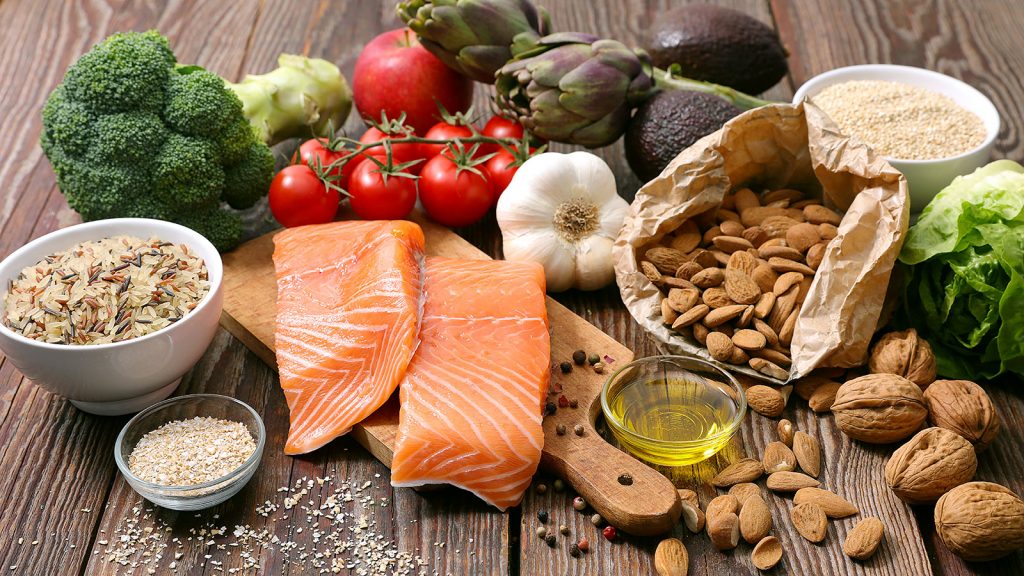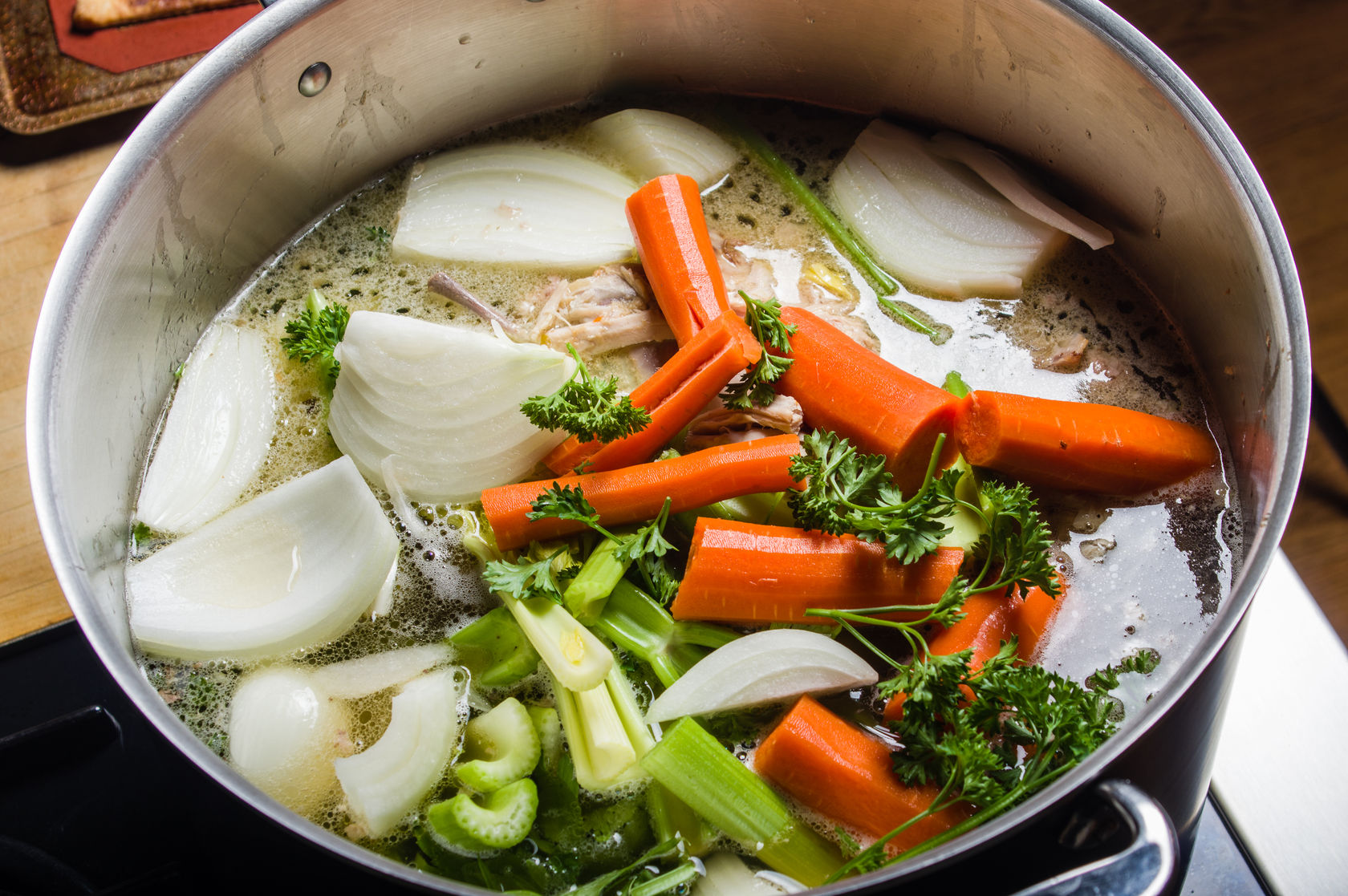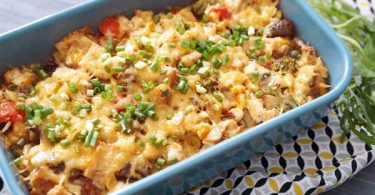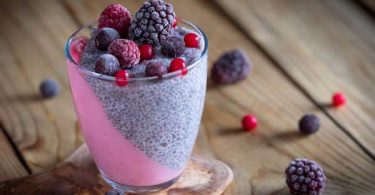Although tastingly pleasant, some combined foods do not necessarily go well together. These combinations of foods are sometimes even totally inadvisable, especially for people suffering from digestive problems. To limit these inconveniences and stay healthy, here are some foods that it is best not to combine.

By margouillat photo / shutterstock.com
Why should certain foods not be combined?
To digest well, our digestive system takes into account several factors:
- The digestion time
- The energy mobilization necessary to digest certain foods
- The digestive acid-base environment
However, by associating certain foods with different digestion times, it is the whole of our digestive system which suffers, with, as a result, fermentations, putrescences, acidity and digestive problems. Fruits will take 30 to 60 minutes to be digested, vegetables, cereals and seeds 2 h, meat and fish between 3 and 4 h and crustaceans from 4 to 8 h. If you combine shellfish with a fruit during your meal, it digests faster than shellfish, it will stay longer in the stomach than if it was eaten alone. The sugars in the fruit will therefore ferment and cause intestinal gas, fatigue and bloating.
The basic rules to apply
Before even listing the foods not to be combined, it is important to follow these tips:
- Eat only one protein at a time (meat, fish, eggs, legumes, etc.)
- Eat only one cereal at a time (rice, wheat, quinoa, buckwheat, etc.)
- Eat raw fruits away from meals (30 minutes before or 3 hours after), because they are digested in a few minutes.
- Cooked or raw vegetables mix with each other and go well with everything, except honey, watermelon, melon … They are essential for good digestion and must be present at all meals.
Food combinations to avoid
To ensure good digestion, avoid combining during the same meal, especially in the absence of green vegetables:
- A strong protein and a floury flour, because the acid digestion of the protein blocks that of the starch;
- An acidic and farinaceous food, because the acidity inhibits the salivary enzyme which allows the digestion of starches and farinaceous). For example, the combination of pasta or rice with tomato sauce is not recommended.
The strong proteins are: meat, fish, shellfish, egg, cooked cheese. The strong floury foods are: wheat (bread, pasta, etc.), spelled, barley, oats, corn, rye, wholegrain rice, buckwheat and millet.
Tolerated associations
Certain combinations of foods are acceptable, although it is always preferable to combine vegetables:
- Strong protein and weak starch.
- Weak protein and strong flour.
Among the weak starches are sweet potato, potato, pumpkin, pumpkin, chestnut and quinoa.
Weak proteins relate to legumes, soybeans, tofu, tempeh, lentils, green and red beans, algae, oilseeds, mushrooms.
Sources:
-Food synergy
-Nudopathy for Dummies, First Editions
-Vanessa Lopez, nutrition coach, naturopath, energetician and author of the Naturopaths Secrets books, Stop fatigue with naturopathy and Naturopathy pocket guide.



